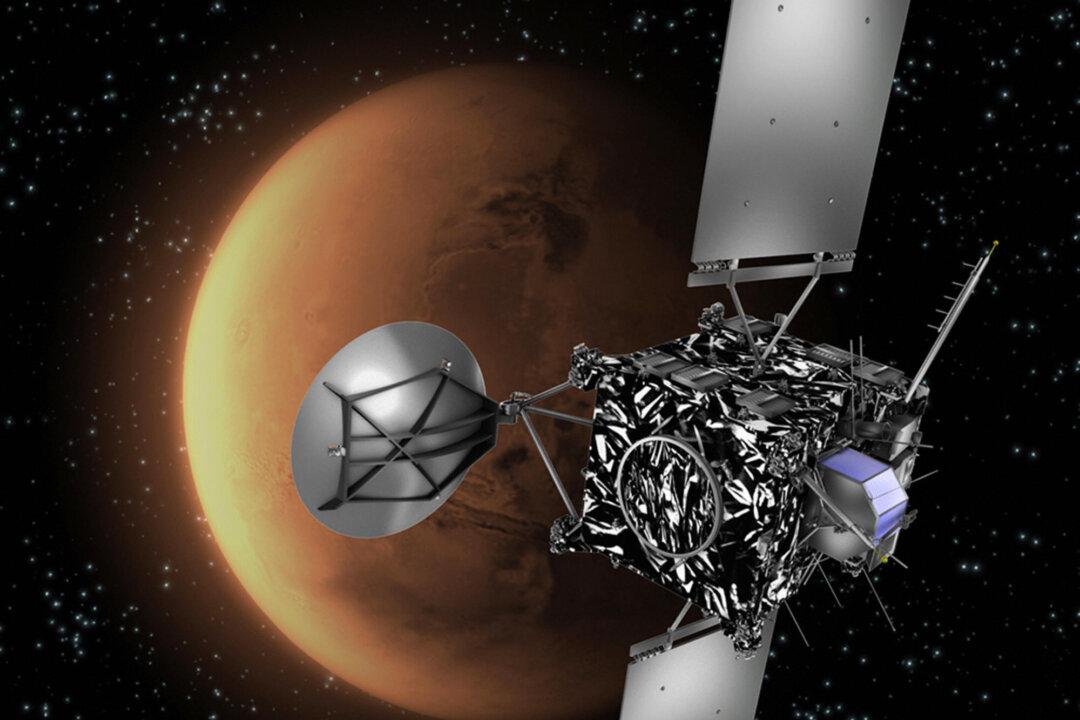The ExoMars Trace Gas Orbiter, commissioned by the European Space Agency and Russian Federal Space Agency, is slated to blast off into space on March 14 for an Oct. 19 landing on Mars.
The spacecraft also carries a small lander named Schiaparelli that will touch down on the surface of the red planet, the ESA said.
If there was ever a mission which had a good chance of making a discovery regarding possible life on Mars then ExoMars is it.
, ExoMars Project Scientist





